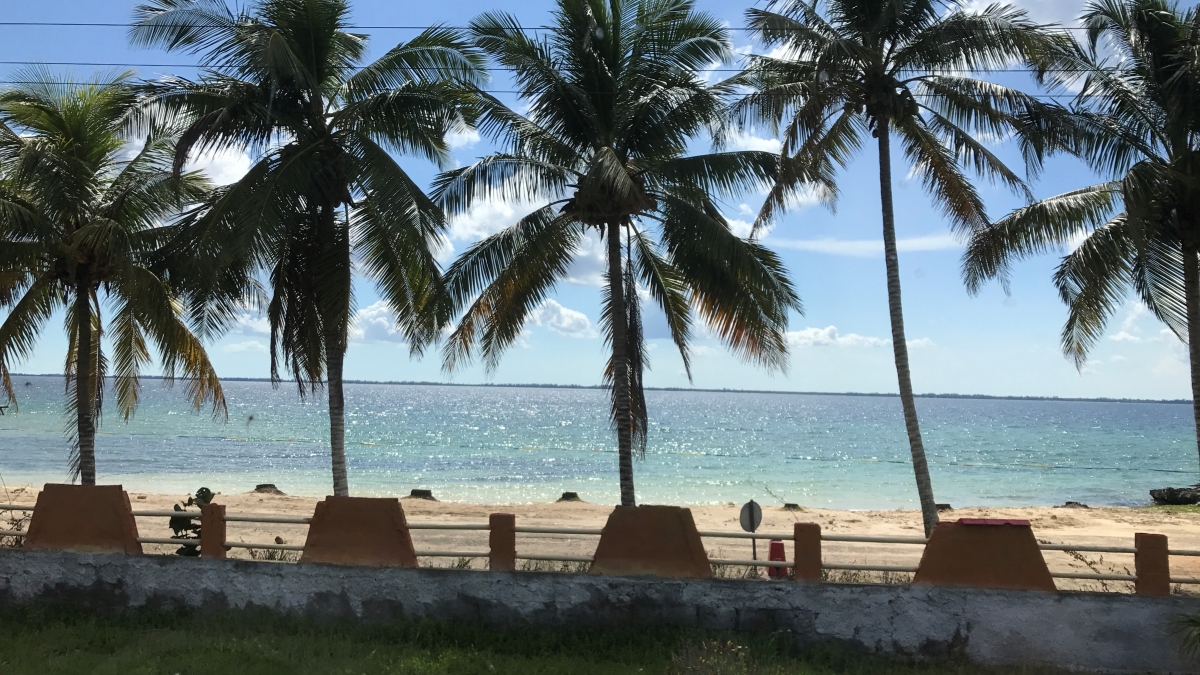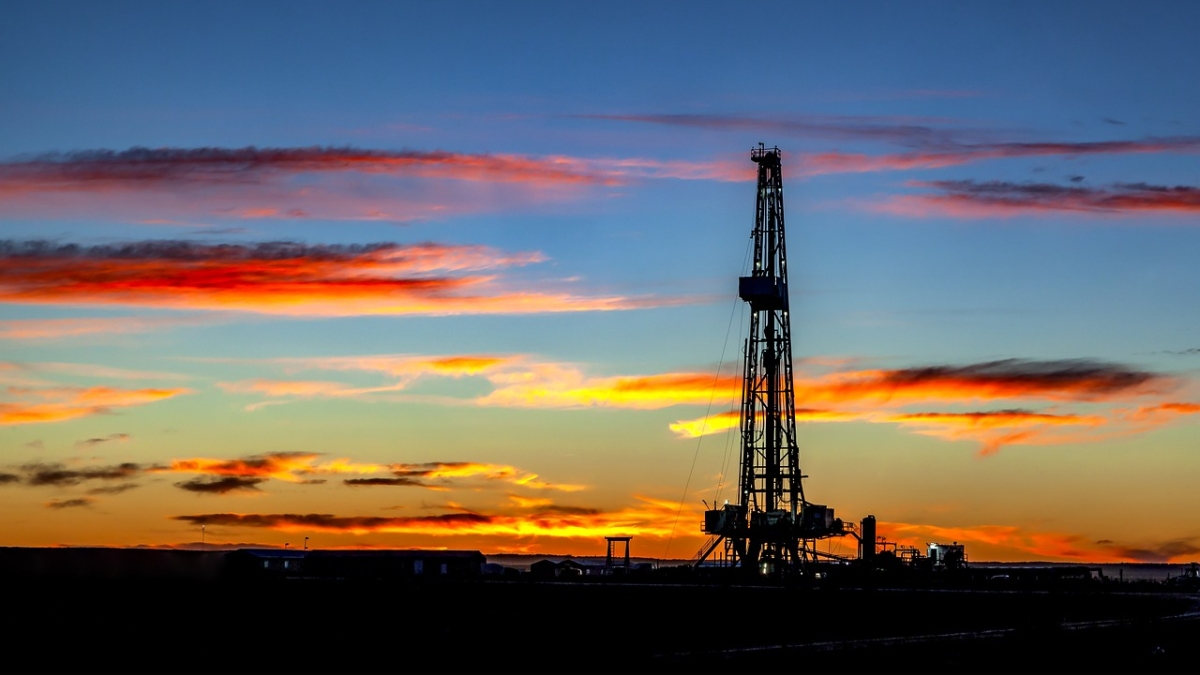Q&A: How to help coastal communities build weather resilience
ASU professor part of group of researchers charged with identifying sources of coastal resiliency, implementing them in Caribbean

As extreme weather events become more commonplace, regions of the world that get hit the hardest are often left scrambling to put the pieces of their homeland back together.
Sian Mooney, associate dean and professor at Arizona State University's New College of Interdisciplinary Arts and Sciences, researches the use of natural resources and the environment. She recently returned from a trip to Cuba, where the economist attended a tri-national workshop on the theme: “Enhancing Resilience of Coastal Caribbean Communities.”
It couldn’t have been more timely.
“This is certainly a great time to be looking at [coastal resilience],” Mooney said, “because the time we had the workshop was right after Hurricane Irma, and while we were there, Hurricane Maria hit Puerto Rico.”
The group of scientists and researchers gathered for the event have been charged with defining and identifying sources of coastal resiliency and then working to implement them in the region over the next few years. It was the first convening of the group and the project is still in the planning and discovery phase, but Mooney was game to speak with ASU Now about initial discussions and potential trajectories.
Sian Mooney
Question: How urgent is it that we address the issue of coastal resilience?
Answer: The time is now to be looking at coastal resilience in the Caribbean. It’s time to find out what are the interventions or policies that make the most sense for each area, because it’s very diverse, so the same things don’t make sense from place to place. It’s a very complex issue.
Q: How is the region faring at the moment?
A: It really varies from location to location because in the Caribbean, you have small islands and large coastlines, like those along Florida and part of Mexico. So you can’t really define one state of coastal resilience, but one thing we can say is it’s certainly becoming much more of an issue of concern, with greater numbers of hurricanes, high winds and weather-related factors affecting the region.
When I was in Cuba, the country had just been hit by Hurricane Irma, and very fortunately for Cuba, it had not been hit by the high winds of Hurricane Irma. It was mostly subject to extremely high tides, which caused flooding and rain. But Havana showed very little evidence of the area having been hit by a hurricane, except for the boardwalk area, which was completely closed because it had been completely eroded away. But old town HavanaOld Havana is the city center and one of the 15 municipalities forming Havana, Cuba. and the surrounding areas showed very little evidence, at least to the naked eye, that anything untoward had occurred. In comparison, I had spent the evening before arriving in Cuba in Miami, and it looked like a war zone. There were trees down everywhere, piles of shrubs, power lines down, boats piled up on top of each other.
Q: What factors influence an area’s ability to be resilient?
A: We need to be looking both at communities and the physical nature of the land. One factor is topography, what does the land look like? Is it mountainous or low-lying? Also, human development and settlements. Have people located their homes right on a beach? Have they created instances where they have removed lots of vegetation so there is increased erosion and greater saltwater inundation or high tide?
One of the topics that came up really frequently [at the workshop] as having a big impact on coastal resilience, particularly in the Caribbean, was tourism. Tourism might encourage more development on coasts [which is not resilient], and it also creates a strain on resources in some areas because you need more water, more food, more infrastructure to support the tourism industry. And certainly, the Caribbean is very dependent on tourism for much of its income.
Q: Are there any efforts currently underway to promote coastal resilience?
A: In Cuba, they’ve already started to move the community away from the coast and resettle them in other areas. It’s really complicated because people become very attached to houses and areas where they grew up. So even when new housing was provided, people still had a tendency to keep going back and living in their old houses.
Q: What are the next steps?
A: One thing we talked about [at the workshop] was what does resilience actually mean? It can be viewed in many different ways depending on if you’re a physical scientist, a natural scientist, a social scientist. Also, communities might define for themselves very different definitions of resiliency. So I’ll be working with local communities and scientists to try and understand what does the local populace really understand about coastal resilience? What are their thoughts, what do they feel resilience might look like? And then come up with ways we can help them adapt to the future and have healthy, active and productive lives.
It’s a new area of research I’m looking forward to. We’re going to write two papers as a result of the workshop: one looking at resilience and adaptive capacity, and the other looking at the relationship between food, water and health systems, because they’re all related, and if you disturb one of those systems, it impacts the others. So those are the two areas we’re going to start with.
Top photo: A beach in Cuba. Photo courtesy of Sian Mooney
More Environment and sustainability

Celebrating Earth Day around the world
Originating in the United States in 1970, Earth Day is now celebrated worldwide. But even before it became an official day, many countries were already mindful of their carbon footprint in their…

A run on fossil fuels: ASU professor says climate legislation could have unintended consequences
As concerns about climate change grow, policymakers are increasingly voicing support for stricter fossil fuel legislation. Their discussions and proposals raise questions about the future of the oil…

Confusion complicates US recycling efforts
In most major cities and buildings, recycling bins can often be found alongside trash bins in an effort to encourage recycling. But is it working? According to the U.S. Environmental Protection…
